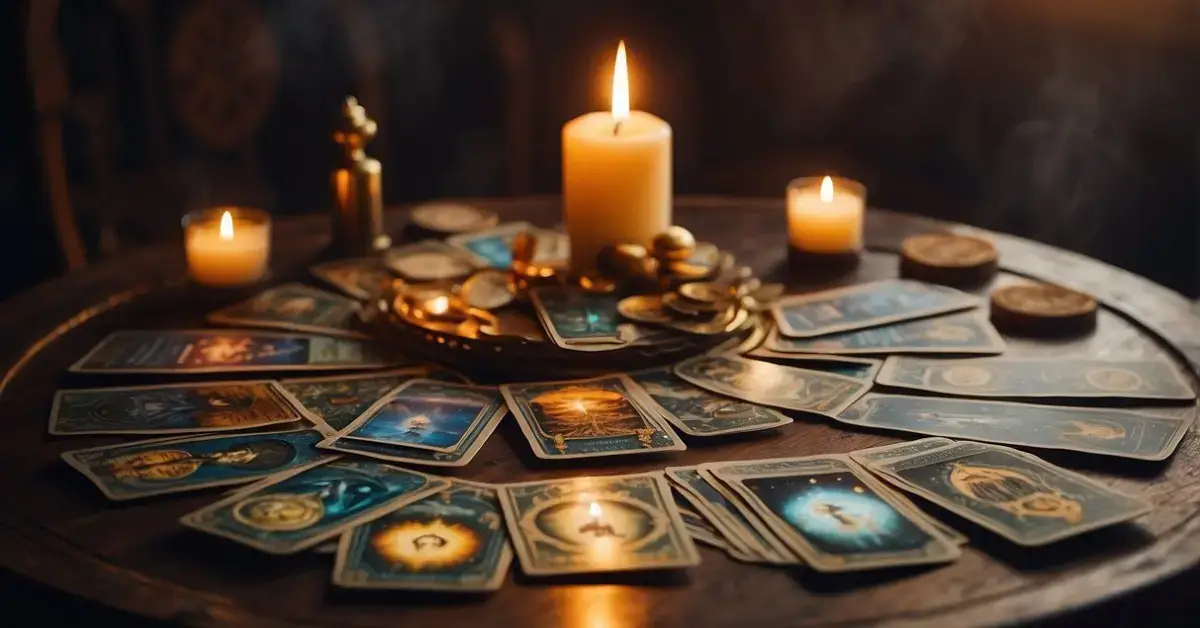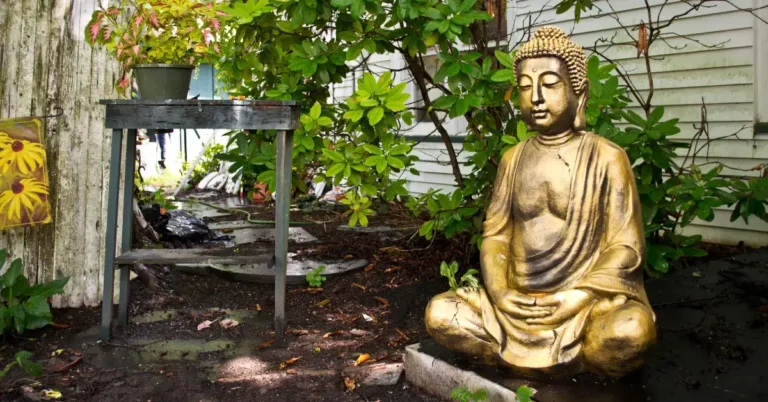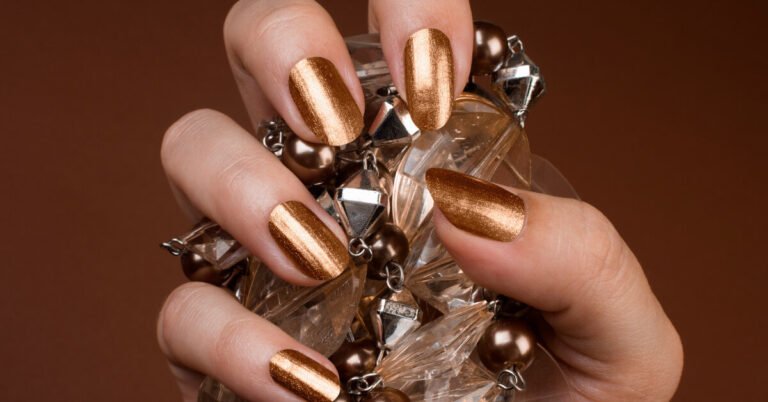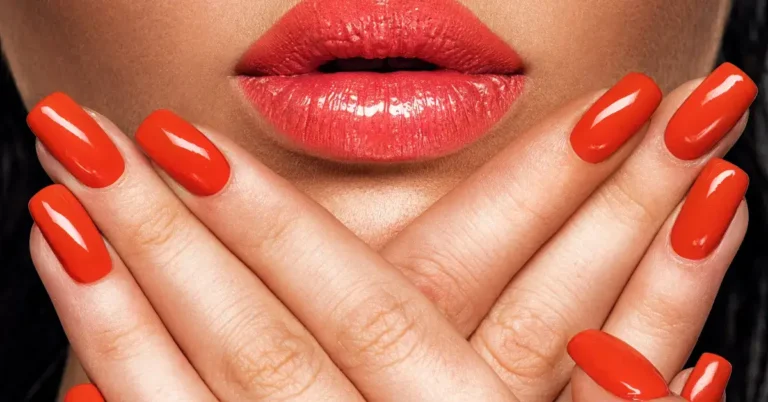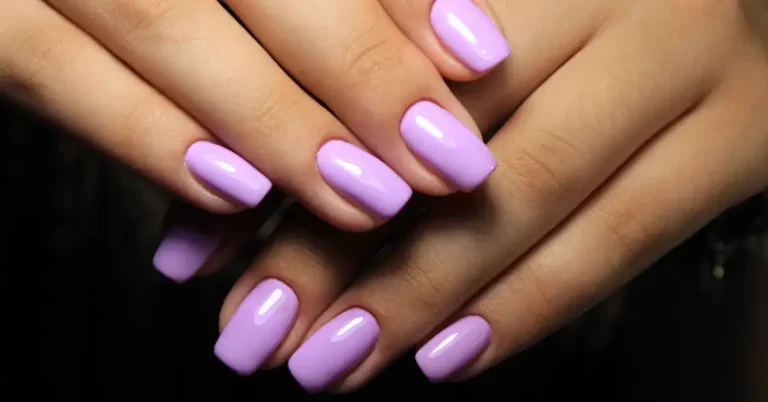Dive into the mystical world of tarot with an exploration of its complete card count. Uncover the meanings and roles of the 78 cards, spanning from the iconic Major Arcana to the intricate Minor Arcana, and unlock their profound insights into life’s journey and spiritual growth.
Overview of Tarot Cards – How Many Tarot Cards Are There
When I explore tarot cards, I always find it fascinating how a standard deck consists of 78 cards. These are split into two main sections: the Major Arcana and the Minor Arcana.
The Major Arcana has 22 cards. These cards depict significant life events and profound lessons. They include well-known cards like The Fool, The Magician, and The Lovers. Each card in this section represents a different stage in a person’s journey through life.
The Minor Arcana, on the other hand, consists of 56 cards. These cards deal with more everyday situations. The Minor Arcana is further split into four suits: Wands, Cups, Swords, and Pentacles. Each suit has 14 cards, including numbered cards (Ace through Ten) and Court Cards (Page, Knight, Queen, and King).
Here’s a quick breakdown of the suits in the Minor Arcana:
| Suit | Element | Focus |
|---|---|---|
| Wands | Fire | Creativity, action, and ambition |
| Cups | Water | Emotions, relationships, and connections |
| Swords | Air | Intellect, conflicts, and communication |
| Pentacles | Earth | Material aspects, career, and finances |
Each card in the deck has its own unique meaning, whether it’s upright or reversed. The complete list of tarot cards and their meanings is often used by readers to interpret the messages conveyed during readings.
When I use tarot cards, I always appreciate the rich symbolism and potential insights they offer. The imagery on each card often resonates with universal themes and personal experiences.
Major Arcana Cards

The Major Arcana cards are deeply significant as they represent major life lessons and archetypal themes that play a crucial role in a tarot reading. They encompass important stages and transformative phases of life, providing profound insights and guidance.
The Fool’s Journey
The Major Arcana begins with The Fool, who symbolizes new beginnings and journeys into the unknown. This card represents the start of a path filled with experiences that shape one’s understanding of self and the world.
Following The Fool, we encounter The Magician, a card of manifestation and personal power. It represents the ability to harness resources and create reality from intentions.
The High Priestess stands for intuition and hidden knowledge, urging one to listen to inner wisdom. The Empress embodies fertility and creation, while the Emperor signifies authority and stability.
The Hierophant reflects tradition and spiritual guidance, and The Lovers represent harmony and choices in relationships. The path continues with The Chariot, denoting willpower and victory over obstacles.
Each card symbolizes a stage in the transformative journey, such as Strength highlighting courage and perseverance, or The Hermit representing introspection and solitary wisdom.
Throughout this journey, cards like The Wheel of Fortune remind one of the cyclical nature of life, and Justice emphasizes fairness and balance. The Hanged Man introduces the concept of surrender and seeing things from a different perspective, while Death signifies the end of a major phase and transformation.
Individual Card Meanings
- The Fool: New beginnings, potential, and innocence.
- The Magician: Manifestation, resourcefulness, and power.
- The High Priestess: Intuition, mystery, and inner knowledge.
- The Empress: Fertility, nurturing, and abundance.
- The Emperor: Authority, structure, and control.
- The Hierophant: Tradition, spiritual wisdom, and conformity.
- The Lovers: Relationships, choices, and harmony.
- The Chariot: Determination, success, and control.
- Strength: Courage, patience, and inner strength.
- The Hermit: Solitude, introspection, and guidance.
- The Wheel of Fortune: Change, cycles, and destiny.
- Justice: Fairness, truth, and law.
- The Hanged Man: Sacrifice, new perspectives, and waiting.
- Death: Endings, transformation, and change.
- Temperance: Balance, harmony, and patience.
- The Devil: Bondage, materialism, and temptation.
- The Tower: Sudden upheaval, chaos, and revelation.
- The Star: Hope, inspiration, and serenity.
- The Moon: Illusion, fear, and subconscious.
- The Sun: Joy, success, and vitality.
- The World: Completion, wholeness, and accomplishment.
Each card holds deep meanings and reflects universal themes that resonate with the stages and challenges of life, from setting out on new ventures to achieving enlightenment and fulfillment.
Minor Arcana Cards

The Minor Arcana cards in tarot decks are divided into four suits: Wands, Cups, Swords, and Pentacles. Each suit represents different aspects of life and each card within the suits has its unique meaning.
Suit of Wands
The Suit of Wands is associated with the element of fire. It symbolizes creativity, inspiration, and action. This suit often focuses on our ambitions and how we manifest our goals.
Some key cards in this suit include the Ace of Wands, representing new beginnings and opportunities. The Two of Wands is about planning and making decisions. The Three of Wands encourages us to look at the bigger picture and expansion. The court cards, such as the Page of Wands, Knight of Wands, Queen of Wands, and King of Wands, each bring their own attributes and characteristics, focusing on ambition, movement, confidence, and leadership.
Suit of Cups
The Suit of Cups deals with emotions, relationships, and matters of the heart. It is associated with the element of water.
The Ace of Cups signifies new emotional beginnings, while the Two of Cups denotes partnerships and mutual love. The Three of Cups is about celebration and friendship. The Five of Cups represents sorrow and regret, whereas the Ten of Cups symbolizes emotional fulfillment and happiness. The court cards here are the Page of Cups, Knight of Cups, Queen of Cups, and King of Cups. Each card in this suit helps us understand various facets of emotional life, such as creativity and compassion.
Suit of Swords
The Suit of Swords is tied to the element of air and signifies intellect, thoughts, and conflicts. This suit addresses challenges and mental struggles that we encounter.
Key cards include the Ace of Swords, symbolizing new ideas and clarity. The Two of Swords represents indecision and stalemate situations. The Three of Swords denotes heartbreak and sorrow. The Five of Swords deals with conflict and loss. The court cards—Page of Swords, Knight of Swords, Queen of Swords, and King of Swords—each represent different aspects of mental acuity, from curiosity and decisiveness to fairness and strategic thinking.
Suit of Pentacles
The Suit of Pentacles is connected to the element of earth and represents the material aspects of life, including career, wealth, and possessions.
The Ace of Pentacles indicates new financial or career opportunities. The Two of Pentacles talks about balance and adaptability. The Five of Pentacles highlights financial struggles and insecurity, while the Ten of Pentacles showcases wealth, legacy, and family. The court cards like the Page of Pentacles, Knight of Pentacles, Queen of Pentacles, and King of Pentacles deal with different aspects of the material world, from diligence and responsibility to abundance and prosperity.
FAQ – How Many Tarot Cards Are There
What are the 78 cards in a tarot deck?
A standard tarot deck consists of 78 cards divided into two main parts: the Major Arcana (22 cards representing significant life events) and the Minor Arcana (56 cards categorized into four suits: Wands, Cups, Swords, and Pentacles).
Who invented the tarot?
The origins of tarot are unclear, but they are believed to have originated in the 15th century in Europe. The cards were initially used for playing games before evolving into a tool for divination and spiritual insight.
What religion do tarot cards come from?
Tarot cards do not originate from a specific religion but have been influenced by various spiritual and mystical traditions over centuries, including Christian, Kabbalistic, and ancient Egyptian symbolism. They are now widely used in New Age spirituality and esoteric practices.
If you liked this blog post about the topic: How Many Tarot Cards Are There, don’t forget to leave me a comment down below to tell me about your experience with it. Or have a look at my other articles:
- What Is Energy Healing: Understanding Its Benefits
- How To Ground Yourself Spiritually: Tips For Inner Peace
- How To Connect With Your Higher Self: Simple Steps
- White Aura: Discovering Its Meaning And Benefits
- How Many Spiritual Gifts Are There: A Friendly Guide
- How to Be More Spiritual: Simple Daily Practices
Feel free to also check out our other Articles from the category “Spirituality“ and don’t forget to follow us on Pinterest.

